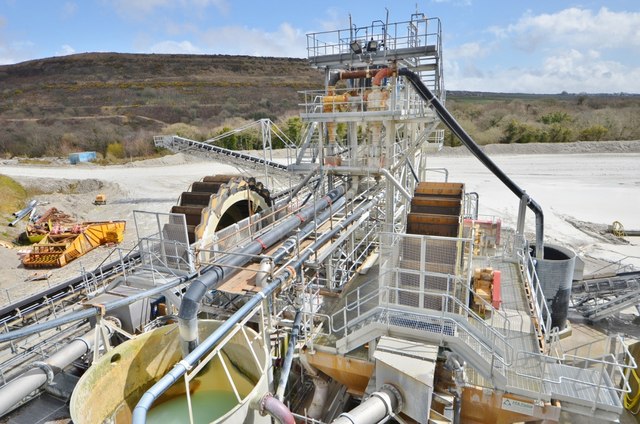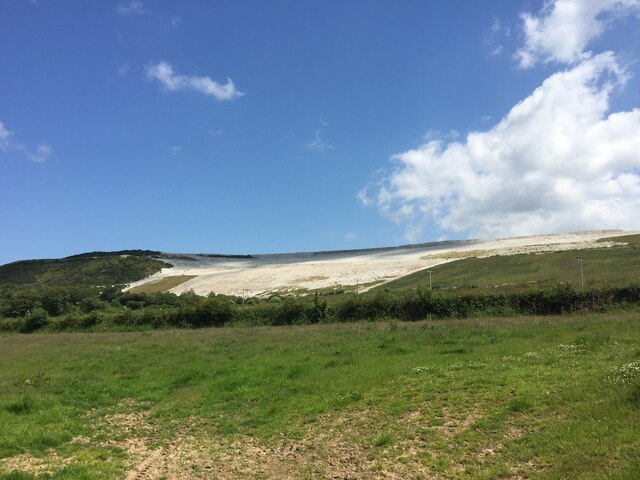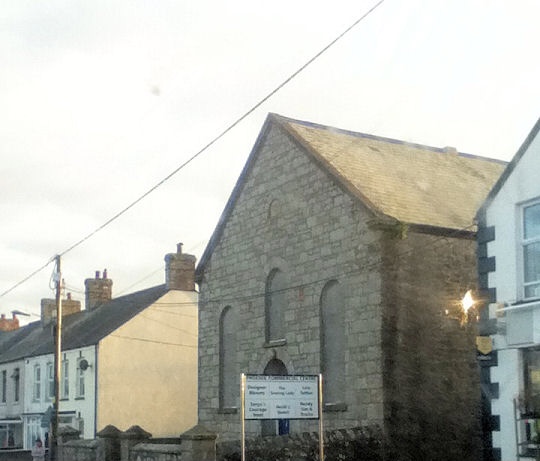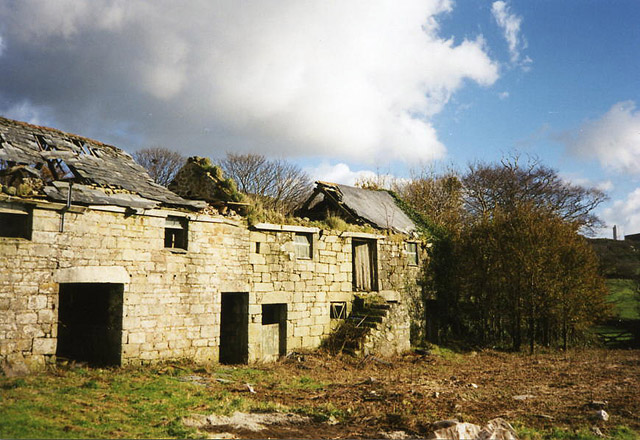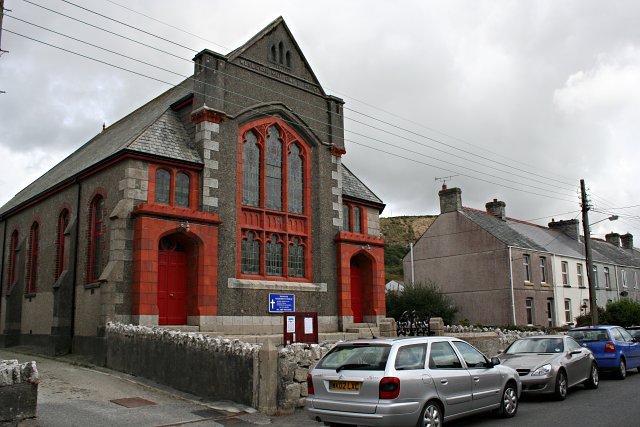Burgotha Wood
Wood, Forest in Cornwall
England
Burgotha Wood
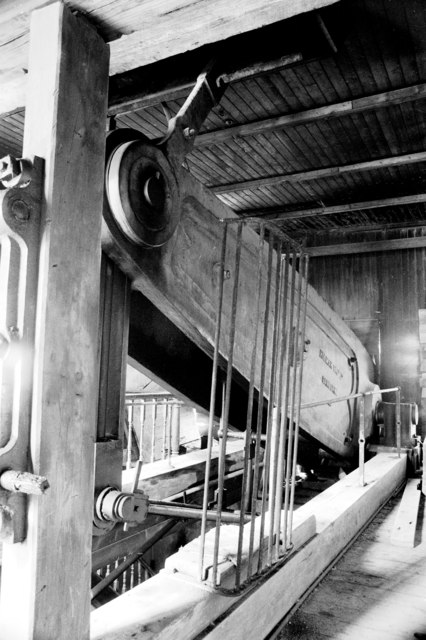
Burgotha Wood is a picturesque forest located in Cornwall, England. Covering an area of approximately 100 hectares, it is a haven for nature enthusiasts and outdoor adventurers alike. The wood is situated near the village of Burgotha, which lends its name to this beautiful natural wonder.
This ancient woodland boasts a diverse array of flora and fauna, making it a popular destination for wildlife enthusiasts. The wood is predominantly composed of native broadleaf trees, including oak, ash, beech, and hazel. These towering trees create a dense canopy, providing a cool and shaded environment for visitors to explore.
Walking trails crisscross the wood, allowing visitors to immerse themselves in its tranquil beauty. The trails are well-maintained, making it accessible for all ages and abilities. Along the way, visitors can spot a variety of wildlife, including deer, badgers, foxes, and an abundance of bird species.
Burgotha Wood also holds historical significance. It is believed to have been a part of the ancient Celtic landscape, with remnants of iron age settlements found within its boundaries. These archaeological remains serve as a testament to the wood's long and rich history.
The wood is not only a natural gem but also a vital habitat for numerous endangered species. Conservation efforts are in place to protect and preserve the delicate balance of this unique ecosystem.
In conclusion, Burgotha Wood is a captivating forest in Cornwall that offers a delightful escape into nature. Its breathtaking scenery, diverse wildlife, and historical significance make it a must-visit destination for nature lovers and history enthusiasts alike.
If you have any feedback on the listing, please let us know in the comments section below.
Burgotha Wood Images
Images are sourced within 2km of 50.361085/-4.9060993 or Grid Reference SW9355. Thanks to Geograph Open Source API. All images are credited.

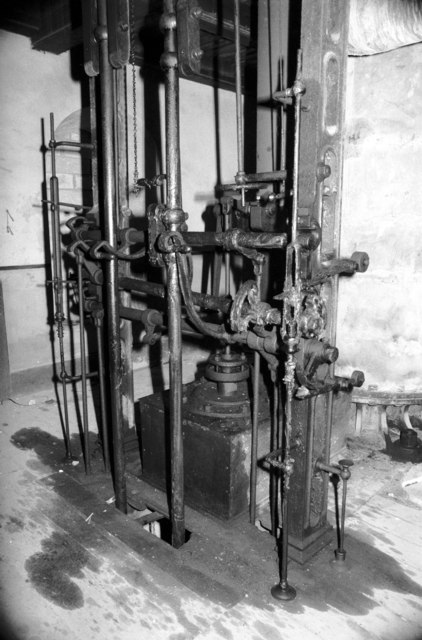
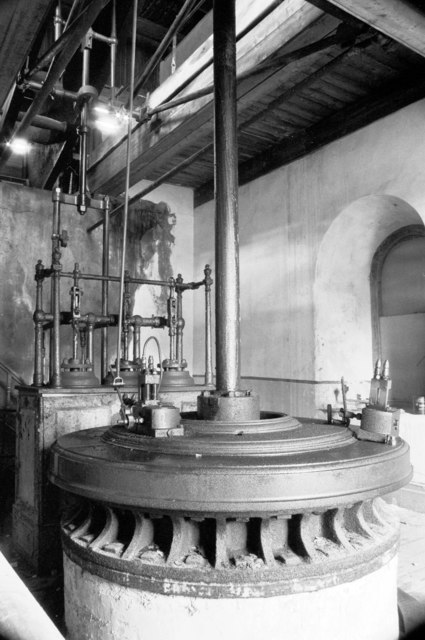
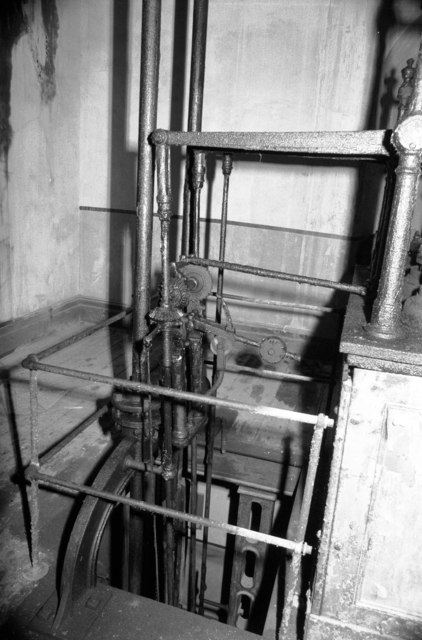
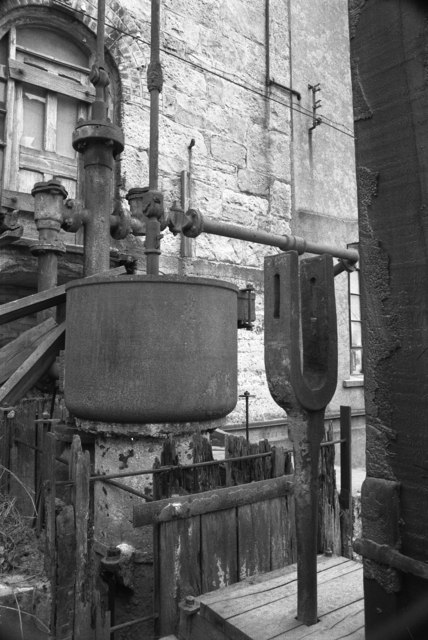
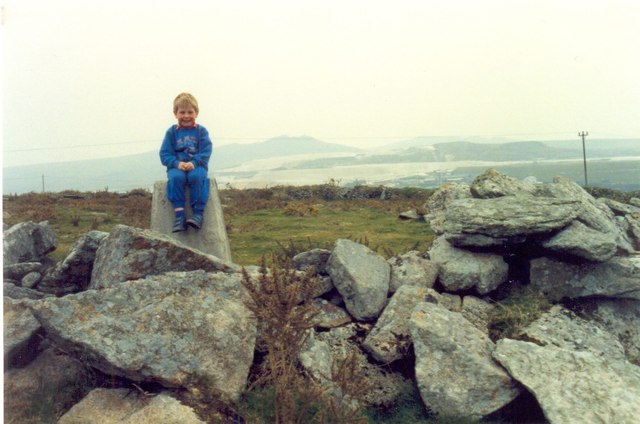
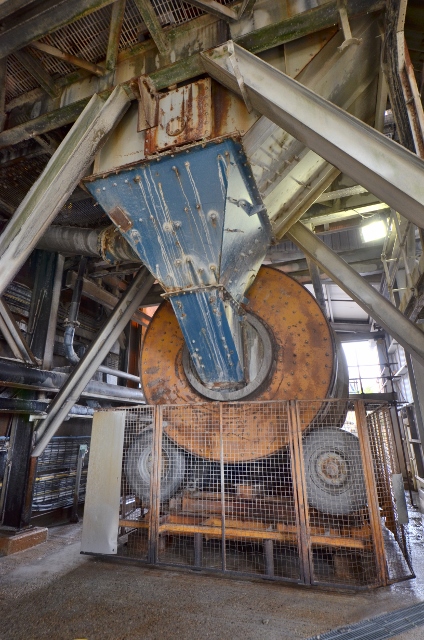

Burgotha Wood is located at Grid Ref: SW9355 (Lat: 50.361085, Lng: -4.9060993)
Unitary Authority: Cornwall
Police Authority: Devon and Cornwall
What 3 Words
///hardening.fondest.craters. Near St Stephen, Cornwall
Nearby Locations
Related Wikis
Little Treviscoe
Little Treviscoe is a village near Treviscoe in Cornwall. It contains about 30 properties. There are numerous abandoned china clay workings in the area...
Treviscoe
Treviscoe (Cornish: Trevosker) is a village south of St Dennis in Cornwall, England, United Kingdom. There are large Imerys china clay works nearby....
Bodella
Bodella is a hamlet in mid Cornwall, England, United Kingdom. It is situated half-a-mile southwest of St Dennis in an area of china clay quarries. ��2...
Retew
Retew was a village near St Austell in Cornwall, England, that was mostly demolished in the early 1960s when the nearby Wheal Remfrey china clay quarry...
Nearby Amenities
Located within 500m of 50.361085,-4.9060993Have you been to Burgotha Wood?
Leave your review of Burgotha Wood below (or comments, questions and feedback).

